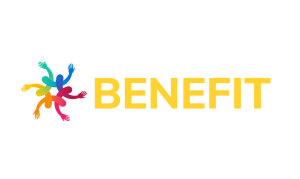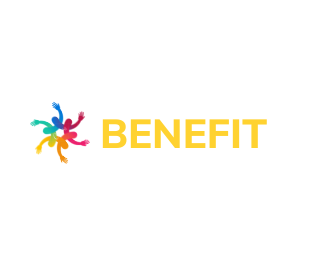
Project Management
To ensure constant monitoring and evaluation of project results, the project consortium implemented an extensive system with various quantitative and qualitative indicators. Ss. Cyril and Methodius University in Skopje (UKIM) is responsible for the project management and coordination, focusing on the successful delivery of expected results.

Ss. Cyril and Methodius University in Skopje (UKIM) was responsible for the project management and coordination, monitoring progress to maintain a focus on the successful delivery of expected results and the accomplishment of the objectives on time and within budget. UKIM developed experiences and expertise that ensured smooth financial management and fair and efficient cooperation. National and European projects that required time management and budget control made UKIM aware and capable of using tools and procedures to coordinate complex researches and projects. The partners were supported to smoothly manage their assigned budget by the administrative office of UKIM, which prepared templates and forms to consistently control budget management.
This system was structured at two levels:
- Project management team, which contained one representative per institution.
- Project implementation team, which included all other relevant representatives from the institutions.
The project management team was responsible for outlining goals, activities, and the timetable, which were followed by the project implementation team. For this purpose, the project management team developed two separate documents:
- Project structure and communication guideline & report (PSC).
- Quality assurance guideline & report (QAG).
Communication was a key part before, during, and after project implementation, and it was organized through several different methods outlined in the PSC:
- Transnational meetings started from the beginning of the project implementation and were conducted throughout the project duration. Each transnational meeting followed a developed schedule by the host institution, with reports from all partners submitted after its conclusion. This ensured that partners in the project Consortium were aligned with their activities and worked together to achieve the project objectives.
- Formal channels of communication, which involved e-mail chains for each separate project output. By utilizing e-mails, the project management team ensured transparency in the communication channels, as well as accountability from team members.
- Informal channels of communication, such as unstructured meetings, personal communication, etc. This type of communication was minimized, as it could be difficult to oversee coordination over project activities.
The QAG was followed and implemented through:
- Project activities reports, which were completed on a quarterly basis from the beginning of the project implementation.
- Indicators of achievement (IoA) reports, which contained relevant quantitative and qualitative measures to monitor the achievement of the project objectives.
- Formal reports (midterm report, final report) as a standardized part of the project implementation reporting tools, which were shared with the National agency to ensure the proper steps were taken at each phase during the project implementation period.

Incorporation of Green Practices
The project consortium unanimously agreed to implement green practices in each activity during the project implementation. The project incorporated green practices in several different ways:
- Eco-friendly working practices were implemented during the execution of the project by the coordinator, project partners, and other relevant stakeholders.
- Awareness was raised on environmental issues and challenges, as well as ecological practices.
The first aspect was addressed in the project proposal itself, as it was one of the practices implemented when designing project activities. Each activity was given a digital dimension, which reduced waste, energy use, and carbon footprint emissions. The number of meetings was reduced through the use of virtual meetings over digital tools, minimizing the need for travel and transportation (carbon) footprints. Outputs from work packages were distributed in digital form, thereby saving environmental resources and reducing the environmental impact of distribution.
The second aspect was also embedded in the project proposal, as project outputs referenced relevant green practices employed in the project, and a portion of the website was dedicated to CSR (corporate social responsibility).


